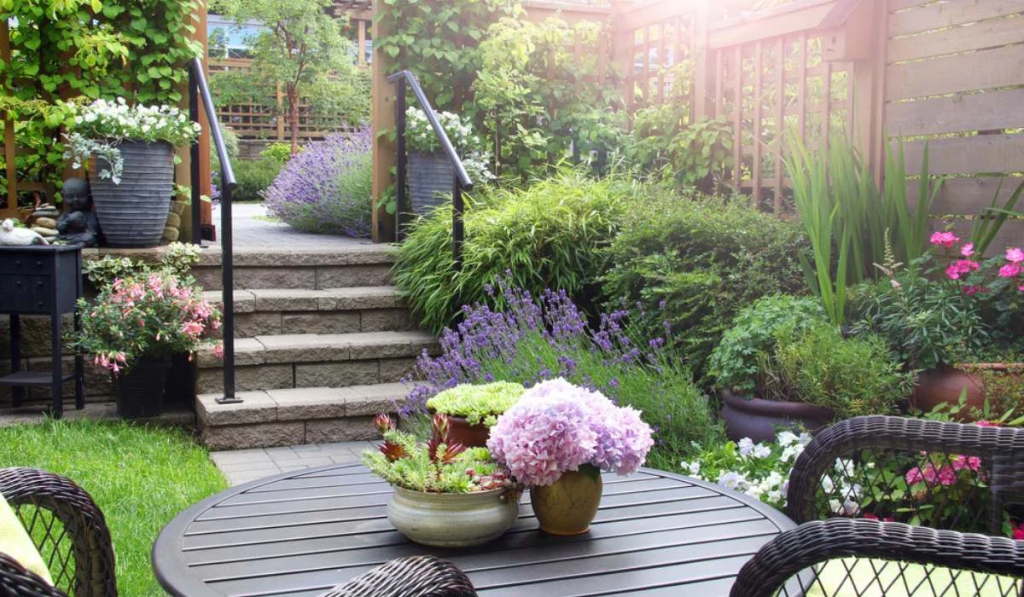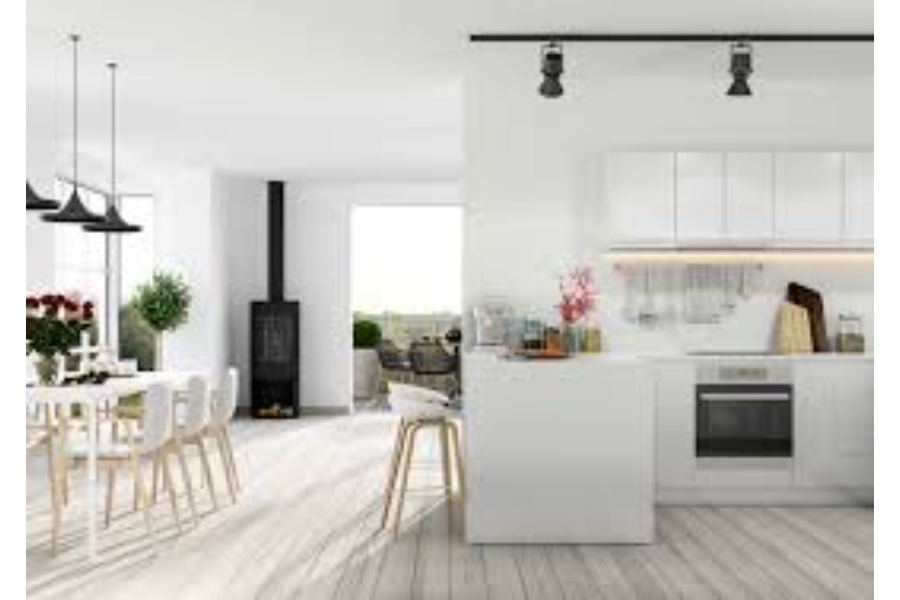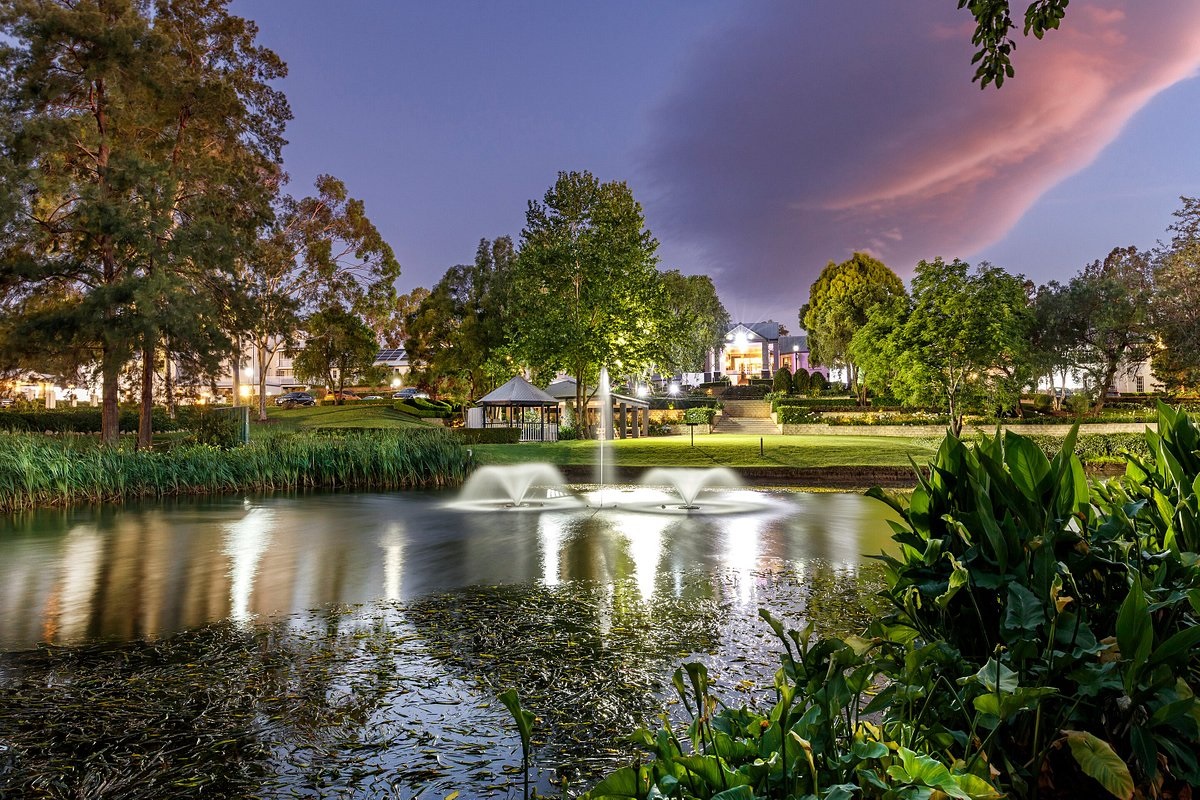
Don’t let a modest backyard deter your gardening dreams! With clever planning and purposeful plant selections, you cultivate a thriving landscape in limited square footage. Start by creating a rough base map of the yard’s footprint and boundaries. Use a measuring tape to get accurate dimensions of the space. Note permanent elements like patios, walkways, and underground utilities to avoid when planting. Identify sunlight patterns throughout the day, as shade duration will impact plant choices. Photograph vantage points from inside the home to visualize how to best enjoy the yard. With key measurements and insights captured, you start laying out beds, features, and traffic flow.
Select compact plant varieties
how much is yours worth? Look for shrubs, perennials, ornamental trees, and other plants labelled “dwarf” or “compact.” Miniature cultivars deliver the ornamental benefits of larger varieties in a petite package perfect for tight plots. For example, dwarf evergreens like baby cypress provide privacy screening or structure at just a few feet tall. Compact Oak leaf hydrangeas or Little Lime hydrangeas bloom abundantly in containers. Tiny alpine strawberries offer fruit in hanging baskets. Seek out plants ideally suited for containers too, since pots efficiently utilize vertical space. Trailing greens like ivy and star jasmine soften walls and perimeters.
Use multipurpose plants
Identify plants that serve overlapping functions to maximize usefulness in compact confines. For instance:
- Fruit trees that also supply spring blooms
- Trees under planted with shade-loving edibles like hosts
- Privacy hedges with decorative qualities like arching branches or coloured bark
- Herb beds bordering ornamental grasses
- Shrubs that attract pollinators visiting nearby edibles
Get creative combining plants so every inclusion pulls double duty within the design.
Vertical
Climbing vines, trellises, shelves, and wall-mounted planters capitalize on vertical real estate. Grow vining crops like beans, cucumbers, melons, and peas on latticework or fences. Install wall planter boxes and hanging baskets for herbs and strawberries. Use narrow plant supports to train upright vines. Strategically position arbours, obelisks, and trellises to support vining ornamentals like clematis and passionflower behind seating nooks. Vertical gardening introduces new planting dimensions without claiming valuable floor space.
Practice succession planting
Maximize yields from precious soil by succession planting. As soon as you harvest spring lettuce or peas, immediately replant the spot with summer crops like beans, squash, or broccoli. Fill empty fall beds with cool-weather greens and root veggies. Use season-extending techniques like cold frames and cloches to squeeze extra weeks out of shoulder seasons. Companion planting combines mutually beneficial plants like tomatoes and basil in the same beds. Thoughtful succession planning churns out multiple harvests from a single patch each year.
Portable
Containers offer ultimate flexibility for moving plants as sunlight shifts during seasons. Large rolling planters follow the sun to optimize conditions. Self-watering pots reduce maintenance while you vacation. Arrange containers spatially to define living areas. Cluster pots according to water needs, positioning high-thirst plants near the hose. Add casters for easy portability. Pots also prevent invasive plant roots from taking over precious garden space. Use containers to enjoy space-hogging edibles like pumpkins, spinach, and mint.




